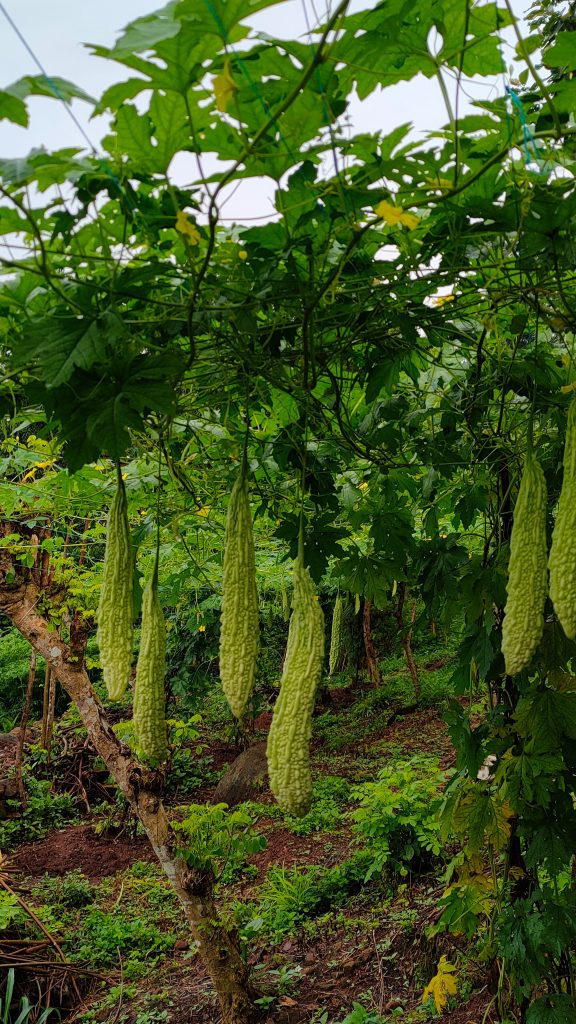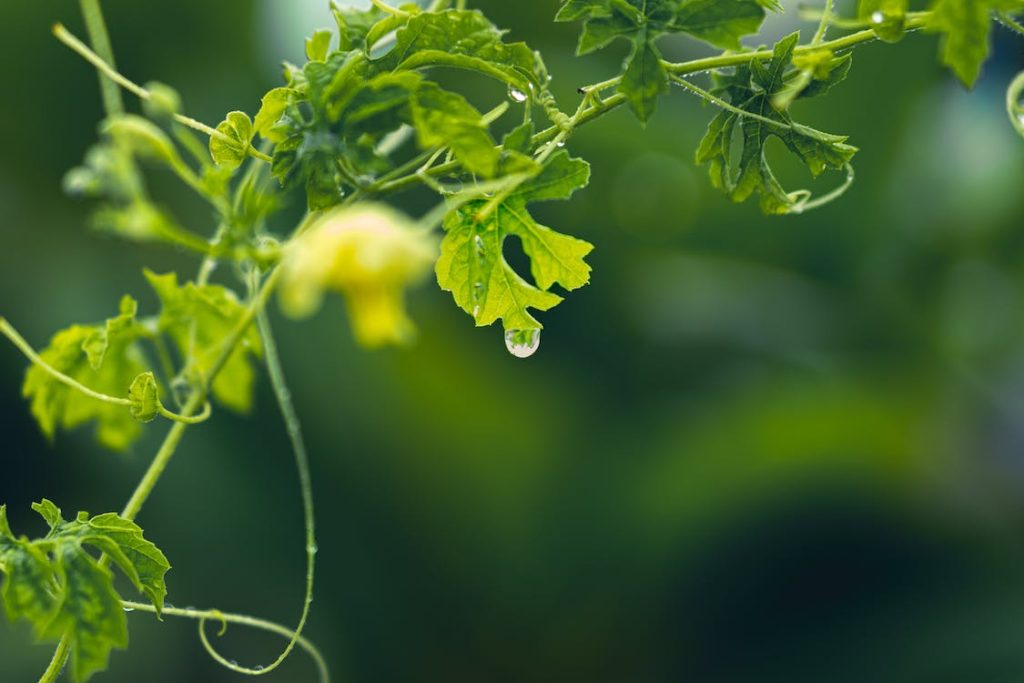
Bitter gourd, also known as bitter melon or karela, is a tropical vegetable that is commonly found in Asian, African, and Caribbean cuisines. It has a distinctive bitter taste and is often used in traditional medicine for its potential health benefits.
Bitter gourd is a rich source of vitamins and minerals, including vitamin C, vitamin A, potassium, and iron. It also contains several bioactive compounds, such as momordicin and charantin, that are believed to have anti-diabetic, anti-inflammatory, and anti-cancer properties.


In terms of culinary use, bitter gourd is a versatile ingredient that can be used in a variety of dishes. It is often used in stir-fries, curries, and soups, and can also be added to smoothies and juices. While some people may find the taste of bitter gourd challenging, it can be prepared in a variety of ways to help temper the bitterness, such as by blanching or soaking it in salt water before cooking.
